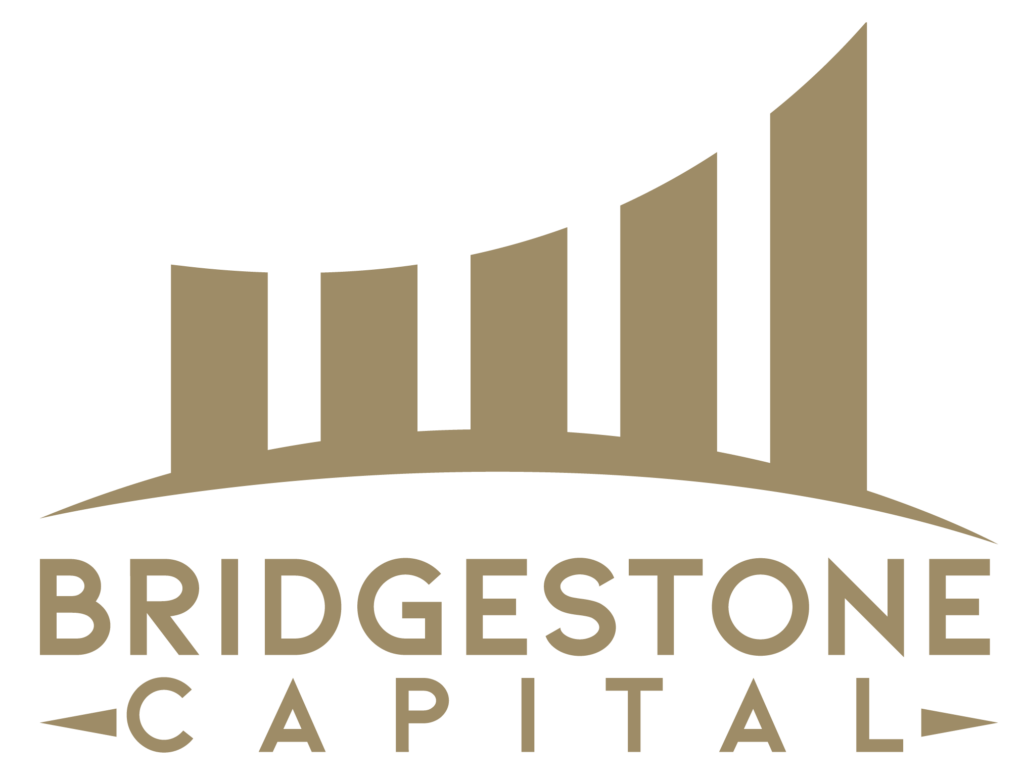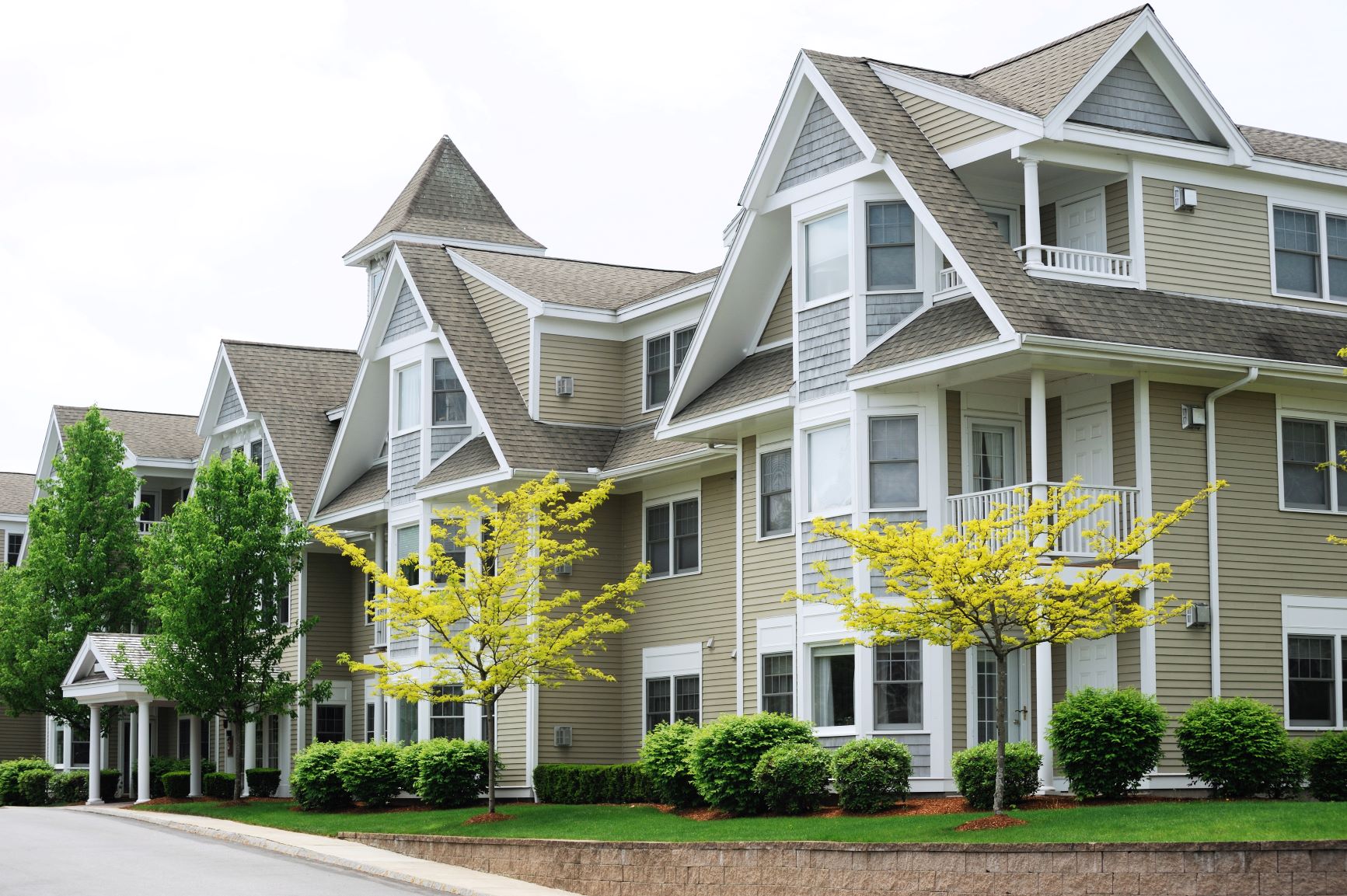Estimated reading time: 5 minutes
You can see many multifamily properties when you drive in your town. Not all are created equal. As an investment, multifamily properties are not “classified” equally either. Let’s get into the various Multi-family property classifications and Your investment strategy in this article.
If you could shop for an apartment, some were less expensive. Some apartments have very nice features.
Various apartment classifications will affect the debt stack, cash flow, insurance profile, and overall risk. Understanding your investment goals and how they align with the various property classification types will help narrow your choices when determining if an investment suits you.
Table of contents
What are A, B, C, and D?
In investment terms which of these property types are classified as core assets, and which can be considered core-plus assets?
If you want to pursue a conservative investment strategy or prefer a more aggressive one with the potential to deliver a higher yield, which class of multi-family property should you be looking to invest in?
All these questions and more will be answered in this article.
[divi_switch_layout id=”1311″]

Classification – Class A

Class A multi-family properties are buildings that are less than ten years old.
The fixtures and fittings will be of the very best quality. The amenities will be comprehensive and of a luxury standard.
While Class A properties tend to generate a lower yield percentage, they can grow exponentially, and they tend to hold their value even in major economic downturns. In terms of their investment profile, they are considered to be core assets.
An article on multi-family investing at millionairedoc.com explains why Class A apartment buildings, with a ‘core asset’ risk profile, offer a lower yield percentage:- “Owners purchase these properties using lower leverage, therefore with lower risk.
REITs and institutional investors purchase these assets for an income stream.
The lower risk profile results in lower returns in the 8-10% IRR range.”
A property in the Class A category would not likely have a “core plus” risk profile unless it were slightly downgraded in some way, perhaps by a less favorable location, housing type, or several other factors.
Related Article: What is a Multifamily Syndication and How can I participate
Classification – Class B

Class B properties are older than class A properties. Usually, class B properties have been built within 20-30 years.
The quality of the construction will still be high, but there could be some evidence of deferred maintenance. The fixtures and finishings will be less high quality, and the amenities will be limited. This offers the investor room for return on investment as the property is upgraded to meet its A-Class peers in rent.
12 Must-Know Items to Ask When Buying Apartments(Opens in a new browser tab)
Classification– Class C

Class C properties have been built within the last 50-60 years. They will have deferred maintenance.
The property may be in a lower-income area. Sometimes crime can be a factor in C-Class neighborhoods.
Fixtures and finishings will be old-fashioned and of low quality. Amenities will be limited.
Class B and Class C properties can be candidates for a ‘value add’ investment strategy.
By bringing deferred maintenance issues up to date and employing an interior and exterior renovation, you can increase tenant occupancy and receive a higher return on your investment.
In his article, ‘What are the four investment strategies?’ Ian Ippolito explains why pursuing a value add investment strategy is a higher risk:- “Much of the risk in value-added strategies comes from the fact that they require moderate to high leverage to execute (40 to 70%). Leverage does increase the return, but also increases the risk, and makes the investment more susceptible to loss during a real estate cycle downturn.”
What is a Real Estate Equity Waterfall?(Opens in a new browser tab)
Classification – Class D

Class D properties are generally more than 50 years old. The property will be showing signs of disrepair and will be run down.
The construction quality will be inferior, and the location will be less desirable. The property may suffer due to prolonged and intense use and high-level occupancy.
Class C and D properties can qualify for an ‘opportunistic’ investment strategy. Strategies such as a complete overhaul due to gentrification or building repurpose strategy.
Because these properties require significant renovations, they are the highest-risk investments but can also yield the highest returns.
Summary
In broad terms, the US multi-family real estate market continues to give excellent returns for well-informed investors.
This information will assist you in assessing your multi-family real estate investment goals. For further assistance, please connect with our team.
If you would like to see the deals we are investing in, please join the Supply Chain Investor club.

